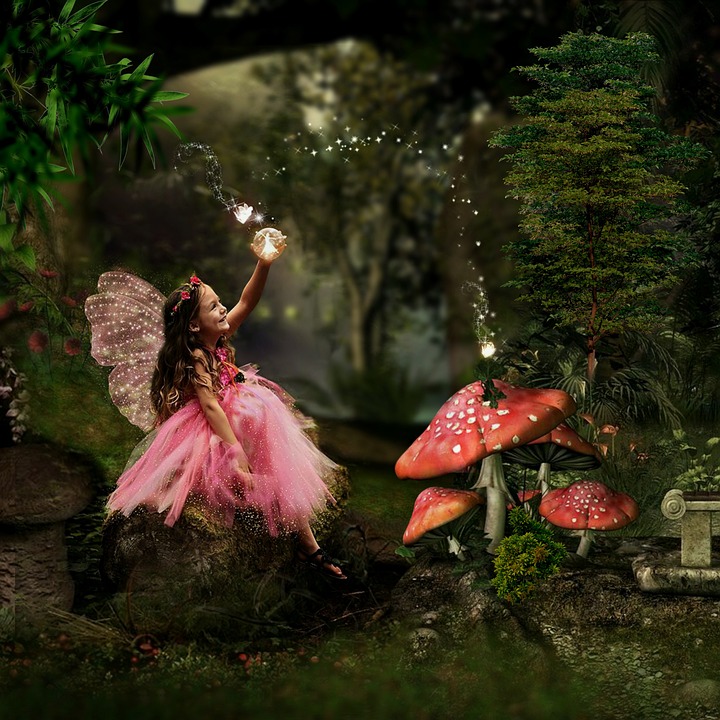The phenomenon of bioluminescence, or the production of light by living organisms, is what allows fireflies to create their otherworldly glow. This process involves a chemical reaction within special light-emitting cells in the firefly’s abdomen.
The main actors in this chemical reaction are two substances: luciferin and luciferase. Luciferin is a molecule that reacts with oxygen in the presence of luciferase, an enzyme, to produce light. When the firefly wants to light up, it mixes luciferin with oxygen and luciferase in a special light-emitting organ called the lantern. This chemical reaction results in the emission of light, which can be seen as a gentle glow emanating from the firefly’s abdomen.
But what makes this light so unique is that it is cold light, meaning it does not produce heat like a traditional light bulb would. This is advantageous for fireflies because it allows them to light up without wasting energy on producing heat. Additionally, this cold light is more efficient for attracting mates or deterring predators in the darkness of the night.
Interestingly, fireflies can also control the intensity and pattern of their light flashes. This is achieved through the nervous system, which regulates the release of chemicals in the lantern. By modulating the frequency and duration of their flashes, fireflies are able to communicate with potential mates and even different species of fireflies.
Not all species of fireflies produce the same color of light. The light emitted by fireflies can range from green and yellow to orange and even red, depending on the specific type of luciferase present in their cells. This allows for a dazzling diversity of light patterns and colors across different firefly species.
Unfortunately, fireflies are facing threats to their populations due to habitat loss, light pollution, and pesticides. Conservation efforts are being made to protect these enchanting insects and preserve their natural habitats.
In conclusion, the science behind how fireflies light up the night is a fascinating example of bioluminescence in nature. Understanding this process not only illuminates the beauty of these insects but also highlights the intricacies of the natural world around us. So next time you catch a glimpse of a firefly’s gentle glow in the darkness, take a moment to appreciate the wonder of nature’s light show.






























Add Comment